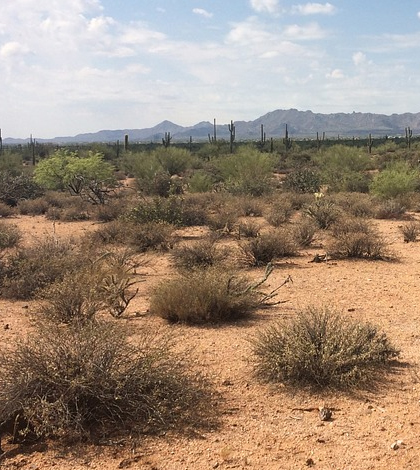Aridity Increase Could Cause Microbial Diversity Loss

Arid desert. (Credit: Public Domain)
Two consequences of climate change are likely to be increasing aridity and a related decrease in microbial diversity and abundance in years to come. Since 38 percent of the world’s population is living in drylands, the impact is likely to be felt by millions of people, according to recent studies from Western Sydney University.
As dryland becomes more arid in the future, it is likely to become more overgrazed and subject to erosion. Worse still is the lack of microbial diversity, which tends to occur as there is more aridity. As the studies show, the less microbial diversity and the fewer microbes there are, the more difficult it is for ecosystems to produce food and fiber, cycle nutrients, and regulate climate.
In the first study, scientists analyzed 80 dryland sites on every continent except Antarctica and found a correlation between increased aridity and decreased microbial populations. In the second, scientists investigated how microbial diversity affected ecosystem function in drylands and turned to a Scottish database detailing the function of multiple ecosystem types that typically occur in temperate zones. Data showed that microbial abundance and diversity were key in maintaining healthy ecosystems.
Top image: Arid desert. (Credit: Public Domain)





0 comments